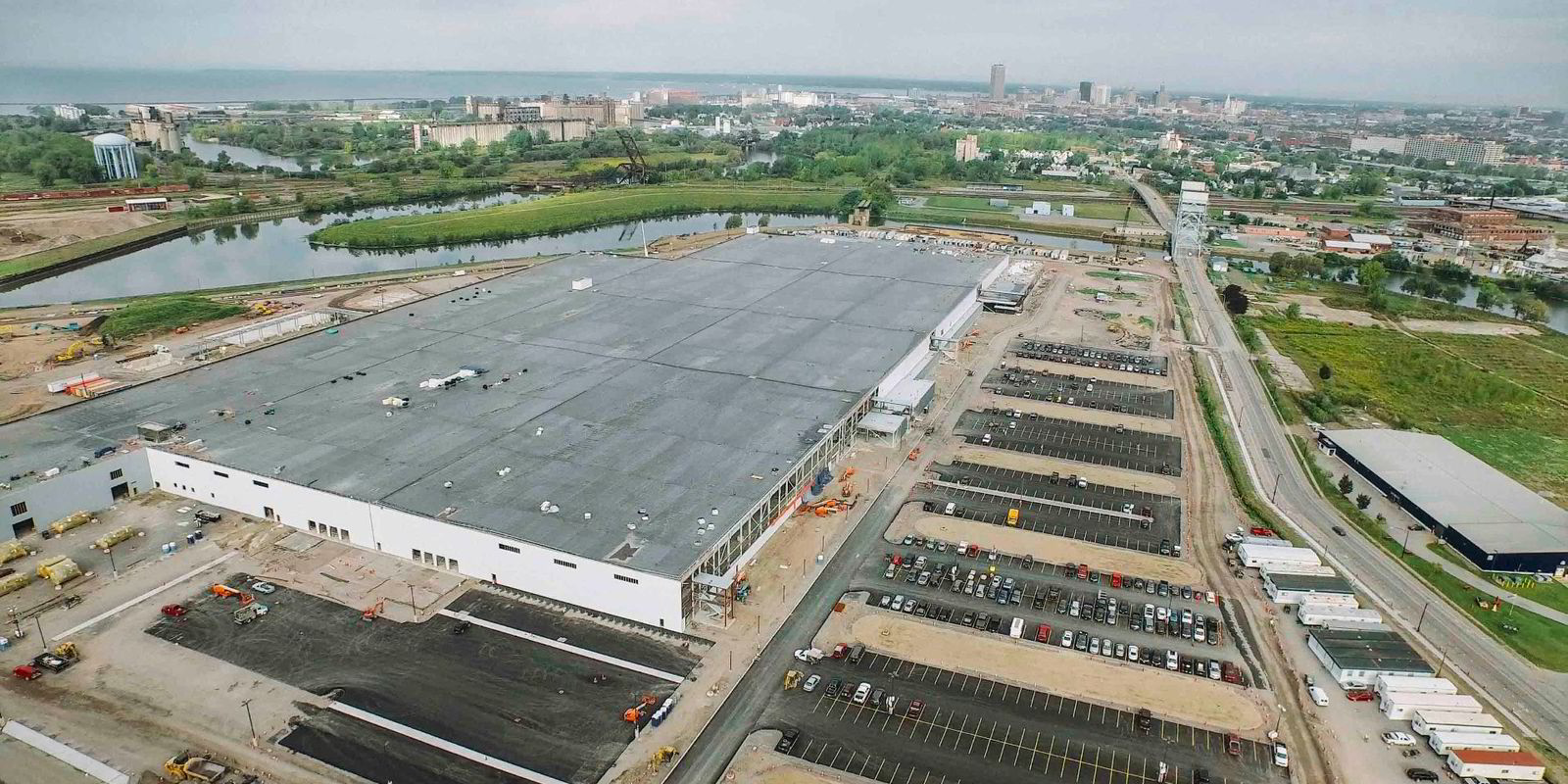The result of the oversupply will be heavy pressure on module prices for at least the next year, Zindler says, which is terrible for anyone making solar panels but welcome news for anyone buying them.
It has been clear for at least several months that the module market was shifting towards an unhealthy supply-demand balance, fueled by a slowdown in China's domestic solar market even as many manufacturers continue to balloon production.
Many of the world's top-tier solar manufacturers, including market leader Trina, pointed to significant pressure on average selling prices in their most recent quarterly conference calls.
But the sheer scale of the oversupply may still be lost on many in the industry.
The world will add around 70GW of new PV generating capacity in 2016, respectable growth on the 60GW it put up last year, according to BNEF's latest estimate.
But that compares to an astonishing "final" 160GW of module manufacturing capacity that will be online by the end of this year, Zindler says.
The situation may not be quite as bad as those figures suggest.
Tier-one suppliers – those whose modules are deemed highly bankable – will have 65GW of manufacturing capacity online by the year's end, with the balance owned by smaller, less visible producers, many of them in no position to begin producing even in healthy market conditions.
The market is also slightly tighter for upstream components like polysilicon, ingots and wafers, although there is overcapacity in those segments, too.
Still, any way you cut it – and even under the most optimistic scenarios – the market will soon be drowning in modules.
"We are on the verge of a new era of substantial overcapacity," Zindler said Tuesday at Solar Power International.
The situation will feel familiar to anyone who was in the solar business earlier this decade, when China's PV giants scaled up massively and tipped the industry into a painful state of oversupply.
The last downturn led to the bankruptcy of dozens of PV manufacturers around the world, including major players like Germany's Q Cells and China's Suntech, both later acquired by other companies.
This new period of market imbalance, too, may lead to consolidation and bankruptcies, industry sources suggested privately, although given the opacity of much of the upstream solar sector such consolidation is not easy to predict or even measure.
The last downturn came to an end when China's own domestic solar market took off, absorbing much of the excess supply. In recent years China has become the world's largest solar market by far, adding close to 20GW of new PV generating capacity in the first half of 2016 alone.
But myriad problems within the Chinese market, including transmission constraints and the difficulty some developers are having obtaining feed-in tariff payments, are expected to slow demand substantially in the coming quarters -- with serious knock-on effects for the global market.
The worrisome difference between the last downturn and the coming coming one is this time there is no new China waiting in the wings to soak up the oversupply, Zindler says.
There is one obvious silver lining, however, in that cheaper modules are good for PV installers and end customers. Cheaper solar power could spur another wave of market growth around the world.
Module prices will fall 20% by next year, perhaps sinking below $0.40/W – and in some cases maybe even below $0.30/W, Zindler says.
Updated: Story was updated to reflect to emphasise that not all of the 160GW of global module capacity is currently active.

